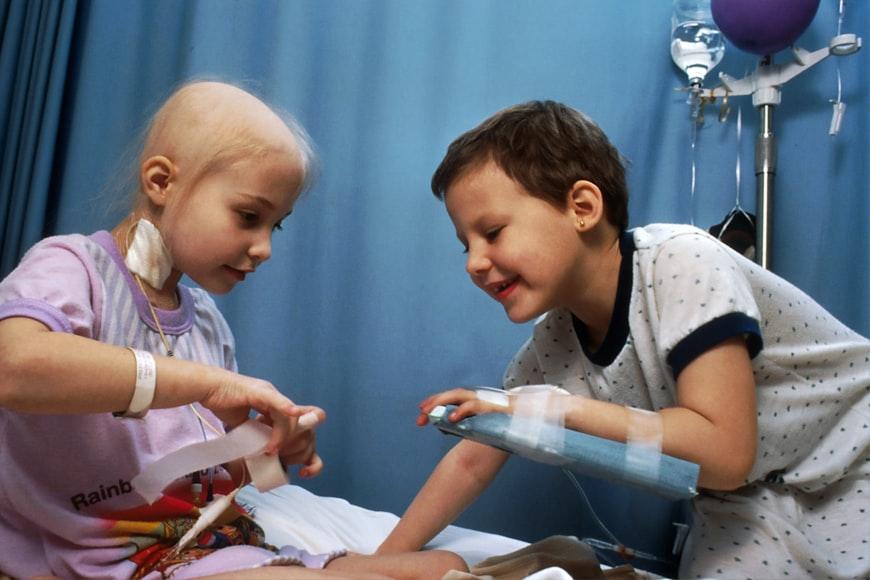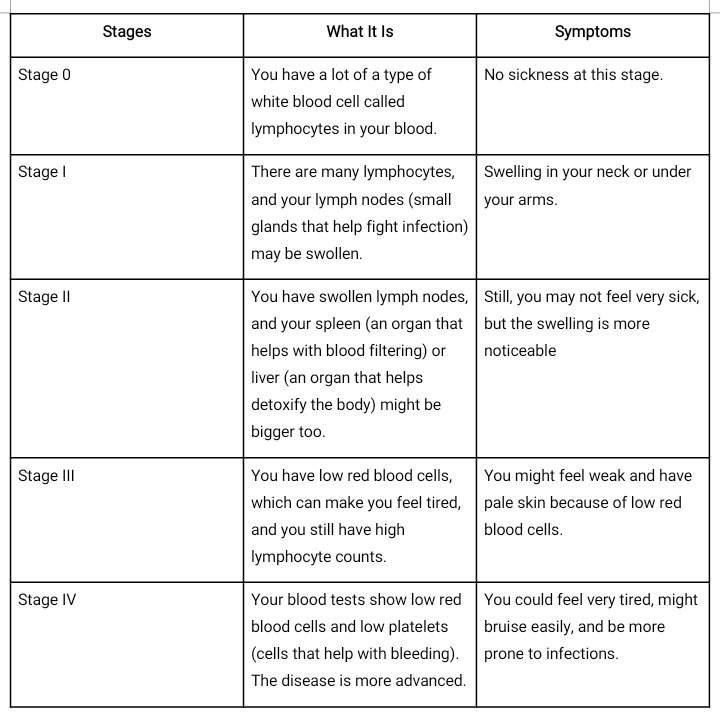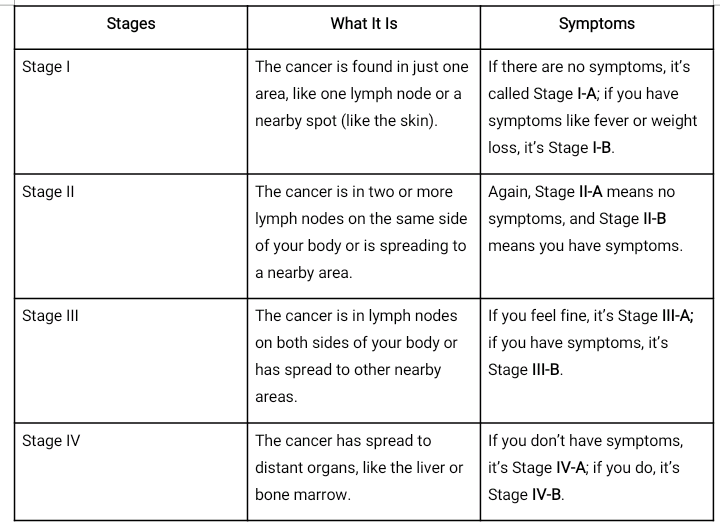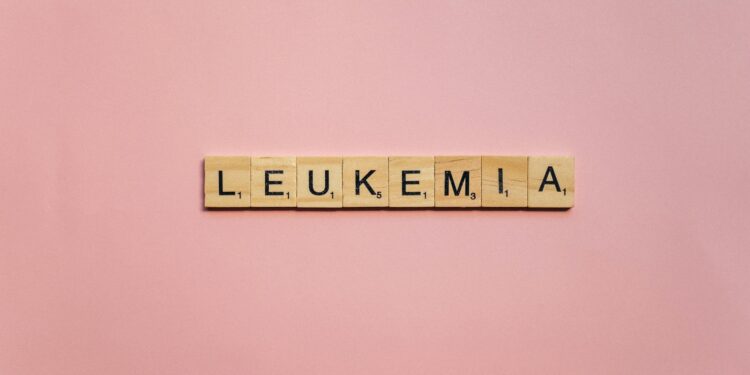Leukemia is a serious type of cancer, making up about 2.5% of all new cancer cases worldwide. This is a very disruptive cancer as it affects the normal functioning of the blood and bone marrow. Leukemia is more common in older people, though some types, like ALL short for acute lymphoblastic leukemia, are more likely to affect kids. Nevertheless, there are other types of leukemia such as Acute Myeloid Leukemia (AML), Chronic Myeloid Leukemia (CML), and Chronic Lymphocytic Leukemia (CLL).
Like many other health conditions, the cause of leukemia still remains unknown. But scientists believe it’s a combination of different factors. You have the symptoms of leukemia, now what? Where do you go from there? First you need to get diagnosed to be sure you really have this condition. Just because you have some or all of the symptoms doesn’t mean you have leukemia, at that point, it’s a possibility. A doctor will run some tests and discover whether or not you have it.

Diagnosis of Leukemia
Leukemia affects two main things in the body: the blood and the bone marrow. So the diagnosis tests to be done are usually focused on these two parts.
- Blood tests: You’ll have to go in for a simple blood test to check the number of white blood cells, red blood cells, and platelets. If there are too many abnormal cells, it might be leukemia.
- Bone marrow biopsy: Basically, the doctor will take a small sample of your bone marrow, soft tissue inside the bone, to look for abnormal cells.
Staging of Leukemia
The idea of staging is to help doctors figure out how far the disease has spread in the body and how serious it is. Usually, doctors use stages to describe the size and spread of cancers. However, that’s different for leukemia because it doesn’t come with a solid tumor like others. Leukemia is a cancer if the blood and its staging is different.
Instead of measuring a lump, staging leukemia looks at things like:
- How many abnormal blood cells are there?
- Is the body making fewer healthy blood cells?
- Are organs like the lymph nodes, spleen or liver affected?
Rai Staging System
This is used mainly for chronic lymphocytic leukemia (CLL), which stages leukemia based on the size of the lymph nodes, liver, spleen, and changes in blood cell counts. It has five stages, numbered from 0 to IV (which means 0 to 4).

Ann Arbor Staging System
This system allows doctors to know how far cancer has spread in the body. It has four main stages (I to IV) and adds “A” or “B” for symptoms.

Treatment Options For Leukemia
The treatment for leukemia depends on what type of leukemia you were diagnosed with. But some common options include:
Chemotherapy: This is one of the top treatment options for cancer. This procedure uses medicine to kill the cancer cells, either through pills or IVs. Once the medicine travels through the bloodstream, it targets and destroys fast growing cancer cells, which reduces the amount of leukemia cells. Chemotherapy shrinks tumors, improves blood cell counts and many more.
Radiation therapy: In this treatment, high-energy rays like x-ray to kill cancer cells in specific parts of the body. This is often used to target a particular part of the body where leukemia cells have formed. Radiation therapy can be done externally by machine or using it internally near the radioactive material near the cancer.
Targeted Therapy: This therapy uses drugs that target certain characteristics of cancer cells, such as proteins or genes that help the cancer grow. These drugs block the growth and spread of cancer cells while causing less damage to normal cells.
Stem Cell Transplantation: A stem cell transplant replaces damaged bone marrow with healthy stem cells. But first, you have to undergo a high-dose chemotherapy or radiation to kill the leukemia cells and prepare the body. Then, a healthy stem cell, either from a donor or your own, is infused into your bloodstream.
Supportive Care: Supportive care helps you to manage the symptoms that come with leukemia such as tiredness and bleeding. This may involve blood transfusion to boost red blood cells or platelet transfusion to help with bleeding.
Conclusion
If you’re wondering if leukemia can be prevented, yes it can. Firstly, you need to make a little adjustment to your lifestyle in order to reduce the risk. We’re talking about things like the food you eat, how active you are in respect to exercising, how much alcohol you consume and how much you smoke. If you’re intentional about these things in your life, if you’re able to cut out the bad habits, you’ll be doing yourself a whole lot of good.
Secondly, you have to be consistent with regular checkups. When you go in for a check-up, the doctor will be able to check if something is off with your body system. That way, treatment will be administered to you before it escalates.

















